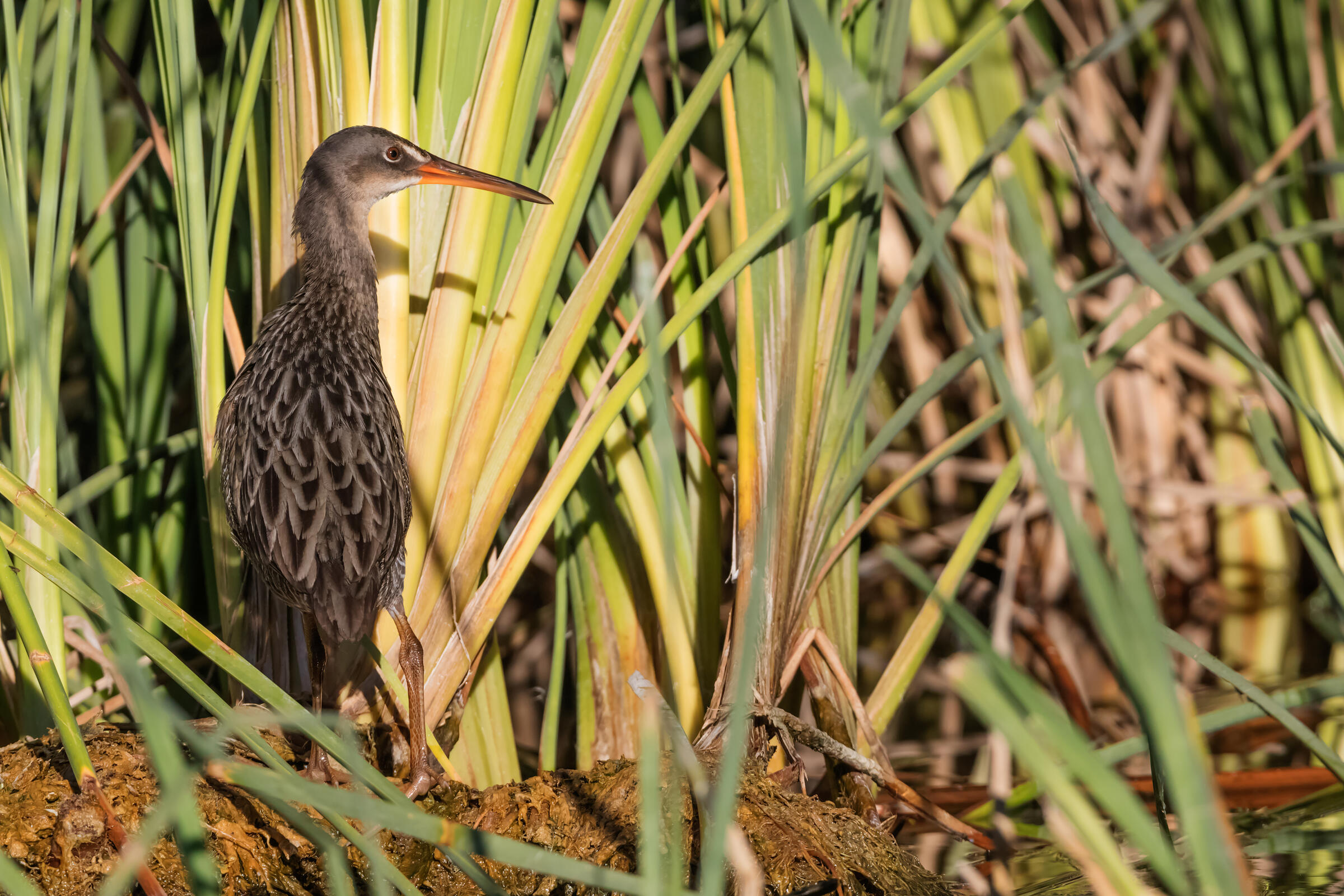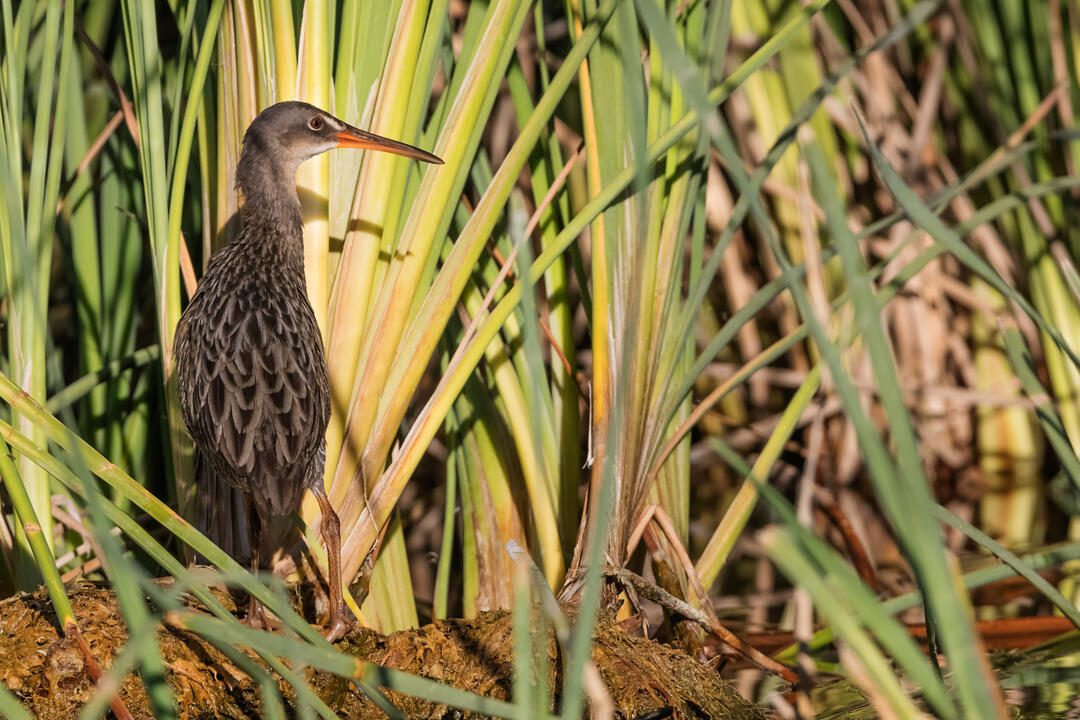I am always gratified when a “win” emerges from grassroots advocacy and efforts. After a long career attending agency-led public engagement sessions that were mostly about government telling us what was going to happen, I am pleased to see a new approach. For the proposed Interstate 11, an aspirational multi-modal transportation route traversing the arid west from Canada to Mexico, the Arizona Department of Transportation and the Federal Highway Administration committed to a stakeholder process that began very early. My experiences with I-11 in Arizona began in 2014 with initiation of Tier 1 planning. Local Audubon chapter volunteers joined in, attending scoping meetings and writing letters. We provided information about Important Bird Areas and urged use of existing major roads rather than creating new routes through undeveloped desert lands. Our big win in this phase was the avoidance of Arizona’s Joshua Tree Important Bird Area, a globally important IBA for Bendire’s Thrasher located in Mohave County.
We celebrated this victory, but we were not yet done! The Tier 1 draft environmental impact statement and analysis released in 2017 recommended a route paralleling and crossing another Important Bird Area, this time the Lower Salt and Gila Rivers IBA which has global designation for the federally endangered Yuma Ridgway’s Rail. This route would also affect federal and state lands managed for wildlife and local agriculture. Audubon and many partners that we work with in the Lower Gila River Collaborative provided specific comments urging that the route follow an existing highway and bridge across the Gila River. Additionally, the recommended route west of Tucson would bisect Avra Valley, an area with extensive wildlife resources, and parallel the Tucson Mountains IBA, a Sonoran desert Important Bird Area that includes Saguaro National Park and Tucson Mountains County Park. Tucson Audubon Society and many others, including Pima County, wrote in opposition to this route and attended numerous public meetings.
The Tier 1 Final EIS for Interstate 11 was released this July with a 30-day comment period open until August 16th. The substantive comments provided by Audubon and others are reflected in the changes and amendments, including the adoption of our recommended routing using an existing highway and bridge across the Gila River. Most importantly is a full partnership with the Arizona Game and Fish Department to study wildlife movement corridors and sensitive habitats for wildlife and rare plants and to design wildlife movement structures.
Other big wins include:
- Pre-Tier 2 surveys for tortoise, endangered species inventory, and wildlife movement
- Acknowledgement of Arizona Game and Fish policies related to habitat compensation and a commitment to mitigation needs for habitat impacts
- A commitment to evaluate the impacts to economics related to outdoor recreation
Audubon advocates’ work influencing the future of the proposed I-11 is not over. The most positive outcome would be a route following existing interstate highways but sadly, the Avra Valley route west of Tucson remains on the table. The rallying cry for effective advocacy is “constant pressure constantly applied”, a hallmark of grassroots Audubon advocates. I will look for my Audubon friends at the next round of I-11 planning.
(You can view ADOT and the Federal Highway Administration’s Tier 1 Final EIS at the I-11 Study website and explore the interactive map here.)







